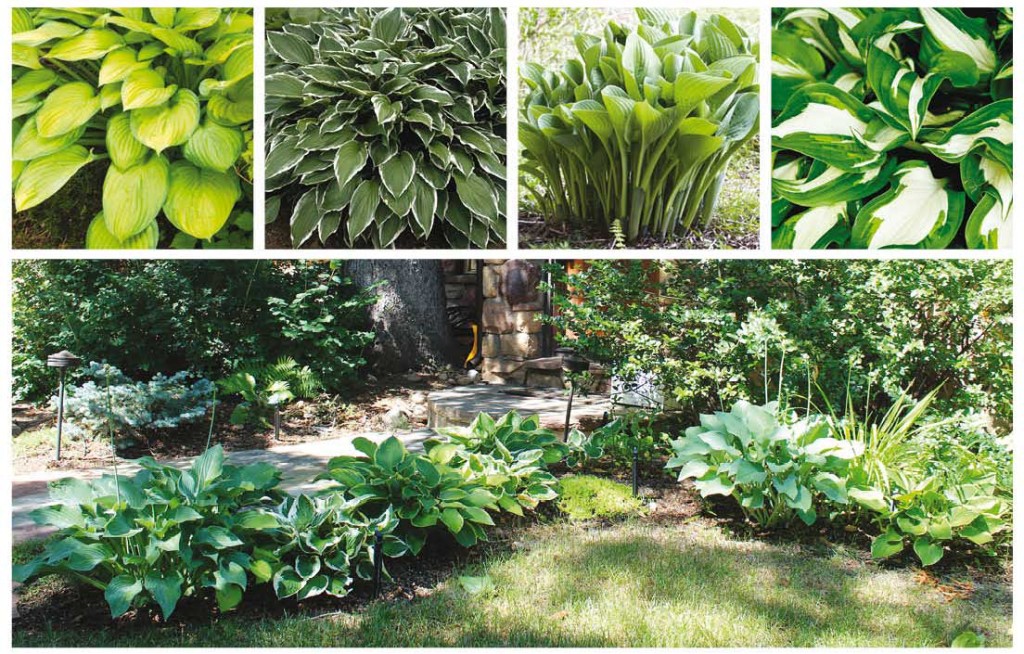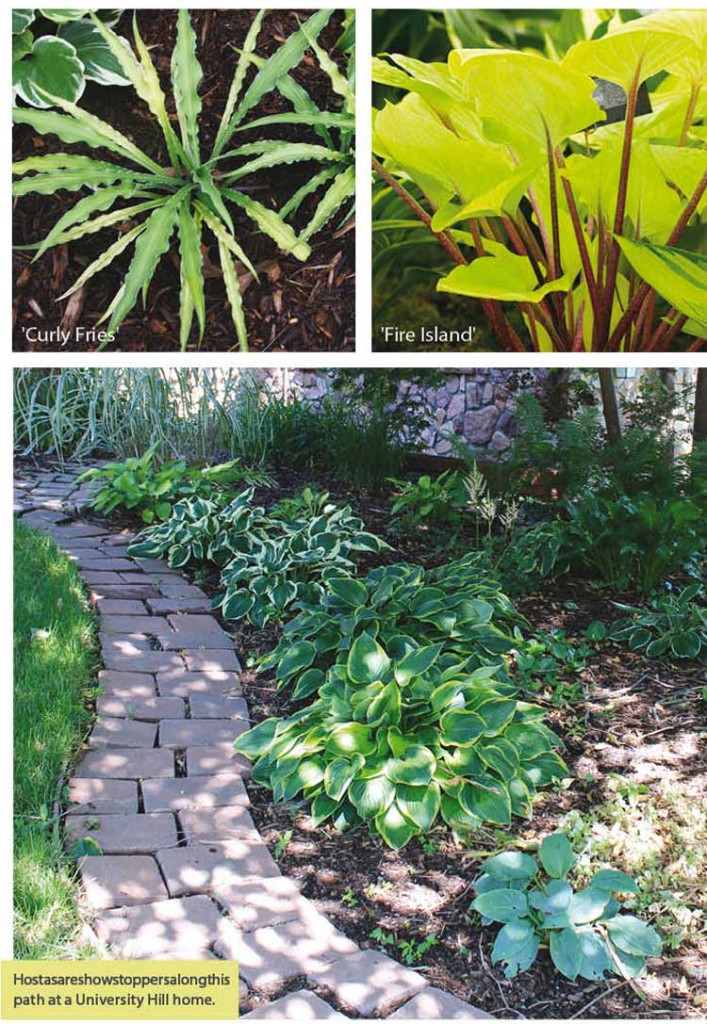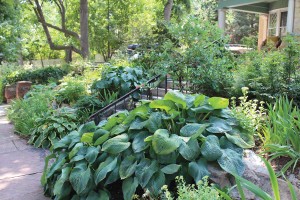Hostas are a shoo-in for shady areas
01 Apr 2016
Hostas come in endless varieties, colors and sizes
By Mary Lynn Bruny Come blistering summer months, nothing is as inviting as a calm, cool shade garden—especially one with a nice bench. One favorite shade perennial is the glorious hosta. Also called plantain lilies, hostas are herbaceous perennials that typically have shiny, heart-shaped veined leaves. Though their real beauty is in their mounded, tropical-looking foliage, they also grow soft-colored trumpet-shaped flowers atop spikes in late summer.


Easy-Peasy Plants













